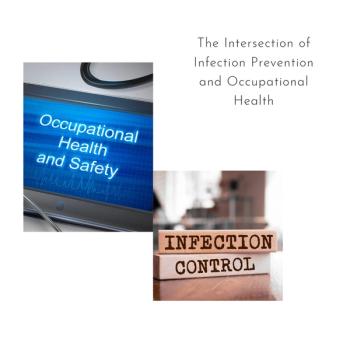
Cold and Flu Experience Includes 35 Billion Sick Days and Coping on Social Media, Survey Finds
A new multi-country survey by Vicks® revealed that the average person spends an astonishing three years of his/her life with a cold.* Globally consumers report 35 billion sick days over a 12-month period based on 22 percent of respondents confirming they called in sick due to cold or flu symptoms. The results indicated that China tops the list of countries with the most sick days, averaging 12 billion days annually, no surprise given its large population size and high frequency of cold/flu.
In its fourth year, the annual Vicks Global Cold and Flu Survey, the largest of its kind with 15,000 respondents in 15 countries, was designed to enhance understanding of the impact of the common cold and/or flu on individuals. While it revealed some surprising regional differences, there are also multiple similarities in the way that global cold/flu sufferers manage and treat their illness. To see the global findings, visit
“Vicks understands that you are not yourself when you have a cold,” says Aalok Agrawal, Vicks global brand franchise leader. “That’s why as the world’s No. 1 cough and cold brand, we are committed to the Annual Vicks Global Cold & Flu survey because it helps us uncover rich insights and better understand the similarities and differences amongst modern day cold and flu sufferers worldwide, from frequency of incidence to how people deal with sick days. In 2014, we discovered the cold has gone social – consumers, like never before, are relying on more than just medicine to feel better."
Perhaps this year’s most interesting finding is the emerging social trend of the cold or flu. In the Vicks Global Cold and Flu Survey data showed that nearly two-thirds of respondents used social media as a coping mechanism when they’re sick. Additionally, it’s not surprising that countries with the highest mobile technology consumption habits use social media when under the weather, such as in China (88 percent) and India (83 percent), while only 36 percent of people in France turn to social media for support when sick.
In the height of the cold, cough and flu season, illness is apt to spread rapidly. Despite health care providers’ directions for patients to stay home and limit spreading the virus, the Vicks Global Cold and Flu Survey revealed approximately two-thirds of people around the world continue to go to work when they are sick. The survey also found that the leading motives consumers cite when deciding not to take a sick day are fear of falling behind at the office (34.7 percent), financial concerns (33.6 percent) and work pressures (32.6 percent). Globally, an estimated 60 percent of people who had unwell colleagues show up to work indicated frustration with that choice. By far, those in Russia (85 percent) and Australia (79 percent) were the most frustrated by unwell colleagues, while France (34 percent) was more tolerant when co-workers were sick at work.
Whether taking a sick day or not, managing symptoms associated with a cold or flu is critical to feeling better. In the annual survey, the top three actions people reportedly take include drinking warm fluids, getting more rest and taking over-the-counter, multi-symptom medicines.
Given the severity of this year’s flu outbreak, global health authorities including the Center for Disease Control and Prevention (CDC) in the U.S., the European Center for Disease control (ECDC) and the World Health Organization (WHO) are paying particular attention to this year’s influenza incidence and offer general recommendations for consumers to abide by:
• Frequent handwashing is important to reduce the risk of people catching a cold/flu
• Practice good respiratory hygiene – cover your mouth and nose when you cough/sneeze
• Go home if you are unwell/have a fever
• Obtain the annual flu vaccination
The fourth annual Vicks Global Cold and Flu Survey was conducted by Survey Monkey in two waves between April and July of 2014, at the end of the cold cough and flu seasons across 15 nominated countries. Fifteen thousand interviews were conducted via an online questionnaire. The 15 countries surveyed include Australia, Brazil, China, France, Germany, Hungary, India, Indonesia, Italy, Mexico, Poland, Russia, Spain, Ukraine and the United States. Quotas were set to ensure accurate representation of each country’s population ages 18+.
*The estimate that each person on average spends three years with a cold/flu is based on the respondents’ reported cold/flu incidence, the number of days the symptoms last and the average life expectancy (71 years).
Source: Procter & Gamble
Newsletter
Stay prepared and protected with Infection Control Today's newsletter, delivering essential updates, best practices, and expert insights for infection preventionists.






